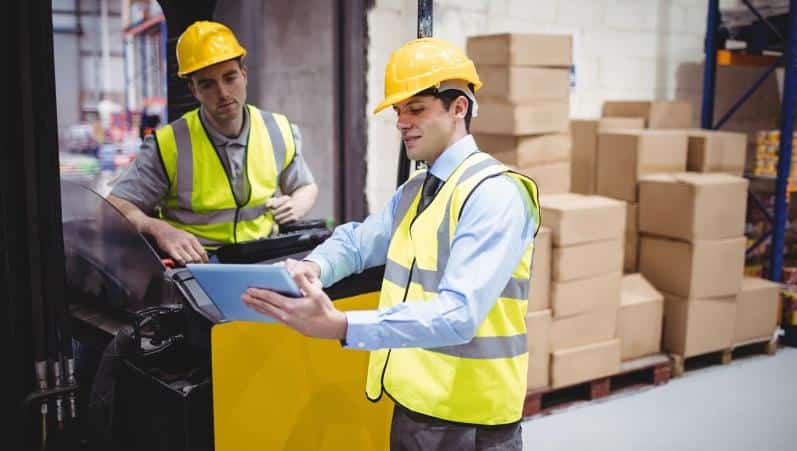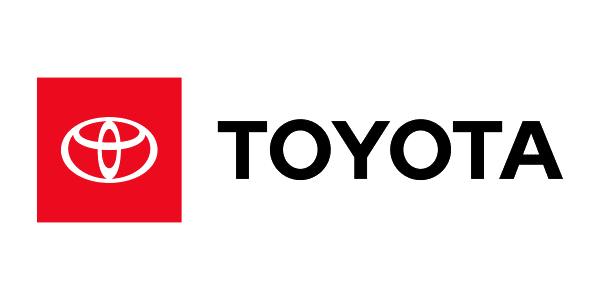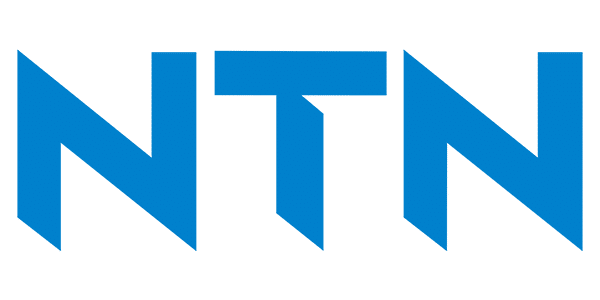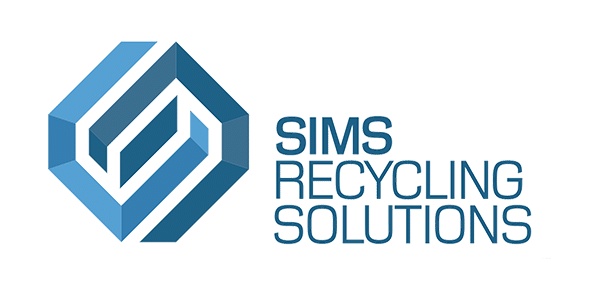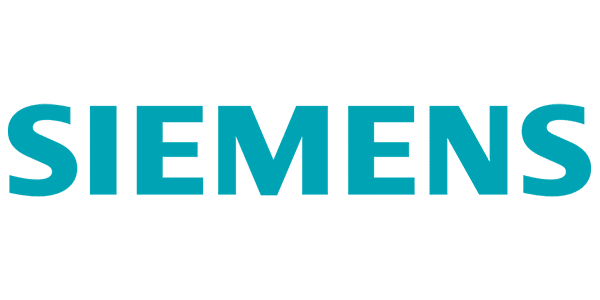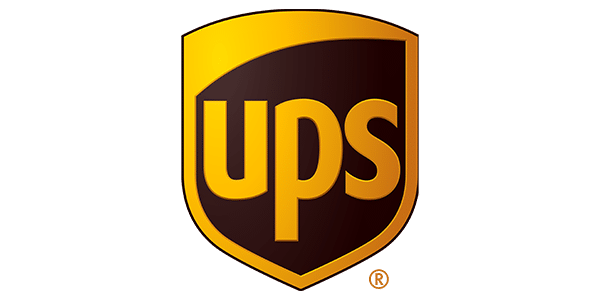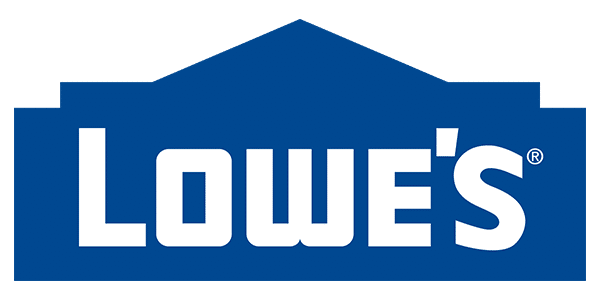Innovation and disruption are propelling the logistics, supply chain and transportation industry forward. In a 2018 Forbes Insights survey of more than 400 executives, 65% of respondents from across all major industries say there are “tectonic shifts” occurring in these areas.
The survey outlines four major forces that are driving transformation:
-
Technological Advances
Half of respondents say advancements in technologies are strongly influencing their logistics, supply chain and transportation operations. Notable technologies include artificial intelligence/machine learning, the Internet of Things/telematics, blockchain, safety enhancements, and drones and driverless vehicles – all of which are fundamentally changing how goods are tracked and transported.
-
A Booming Economy
A surging U.S. economy – due to lower taxes and related reforms – brings both advantages and challenges to manufacturing leaders. Half of respondents say a revival of U.S. manufacturing is having an impact on logistics, supply chain and transportation operations. Respondents report increased demand for their services, at the same time they are facing obstacles such as driver and truck shortages, overloaded highways, and shifting warehouse locations.
-
The “Amazon Effect”
E-commerce – through Amazon in particular – has altered what consumers demand from their orders. Increasingly, they want lightening-fast delivery times that put high pressure on logistics, supply chain and transportation providers.
“The effect of Amazon is heightened expectations. Next week is no longer good enough. It’s got to be on its way now and arrive at the destination within a day or two!” says C. John Langley, Clinical Professor of Supply Chain Management, Penn State Smeal College of Business.
Demands for rapid fulfillment are causing companies to change how and where they warehouse and transport goods.
“Loads used to see two, three, maybe four touches before the goods were in the hands of the end-consumer,” says one CEO. But today, getting goods to consumers faster means “seven, eight or nine touches [moving] the freight to a network of warehouses and forward positions.”
-
Changing Regulations
Around 46% of respondents say regulations drive significant change in transportation. For example, one regulation mandates the use of electronic driver logs (ELDs) instead of the traditional paper-based system. Drivers are supposed to follow a rule that dictates they can’t be on the road for more than 11 hours during a 14-hour period, and when they reach the 11-hour mark, they have to stop driving.
However, “it doesn’t always make sense to stop right at 11 hours,” says one respondent. “What if the driver is on a bridge or stuck in traffic or is only a few minutes away from a proper rest stop?”
With ELDs, drivers don’t have the flexibility they did with the paper system – and that shift can lead to higher prices for companies.
For companies in the logistics, supply chain and transportation space, these four forces are disruptive and exciting. Innovative leaders will lean into the transformation and look for opportunities in the changing landscape.
Learn more about Exegistics’ culture of innovation.
